- Tips for Choosing Tomato Seeds: Factors to Consider for a Bountiful Crop
- 1. Tomato Variety
- 2. Growing Conditions
- 3. Determinate vs. Indeterminate
- 4. Disease Resistance
- 5. Taste and Culinary Use
- 6. Seed Source
- 7. Planting and Harvest Times
- Climate Suitability
- Temperature Range
- Humidity Level
- Growing Season Length
- Disease Resistance
- Tips for Disease Prevention
- Fruit Size and Shape
- Size
- Shape
- Taste and Flavor
- Growing Conditions:
- Yield Potential
- Early or Late Maturing
- Seed Source and Quality
- “Question-Answer”
- What factors should I consider when choosing tomato seeds?
- How do I know which tomato variety is best for my climate?
- What does disease resistance mean when it comes to tomato seeds?
- Should I prioritize flavor or size when choosing tomato seeds?
- How can I ensure a bountiful tomato crop?
- What are some popular varieties of tomato seeds?
- Where can I purchase tomato seeds?
- “Video” Rooting Tomato Suckers & Planting Tomato Seeds + More Fall Crops! // Garden Answer
When it comes to growing tomatoes, choosing the right seeds is a crucial step that can greatly impact your success. With so many options available, it can be overwhelming to decide which tomato seeds to purchase. However, by considering a few key factors, you can ensure a bountiful crop and delicious tomatoes for your table.
Variety: One of the first things to consider when choosing tomato seeds is the variety. Tomatoes come in a wide range of shapes, sizes, colors, and flavors, so it’s important to select a variety that suits your preferences. Are you looking for large beefsteak tomatoes for slicing, or small cherry tomatoes for snacking? Determine the qualities you desire in a tomato and choose a variety accordingly.
Growing Conditions: Another important factor to consider is the growing conditions in your area. Different tomato varieties have different requirements for sunlight, temperature, and soil type. Some varieties thrive in hot climates, while others are better suited for cooler regions. Consider the climate and soil conditions in your area to select a tomato variety that will thrive in your specific environment.
It’s also important to consider the disease resistance of the tomato variety you choose. Some varieties are bred to be resistant to common tomato diseases, which can greatly increase your chances of a successful crop. Check the seed packet or product description for information on disease resistance.
Seed Source: When purchasing tomato seeds, it’s important to choose a reputable seed source. Look for companies that specialize in tomato seeds and have a good reputation for quality. You can also consider purchasing heirloom or organic seeds if those are important to you. Additionally, consider the freshness of the seeds. Older seeds may have a lower germination rate, so it’s best to choose seeds that are less than two years old.
By considering these factors – variety, growing conditions, disease resistance, and seed source – you can make an informed decision when choosing tomato seeds and set yourself up for a successful and bountiful crop.
Tips for Choosing Tomato Seeds: Factors to Consider for a Bountiful Crop
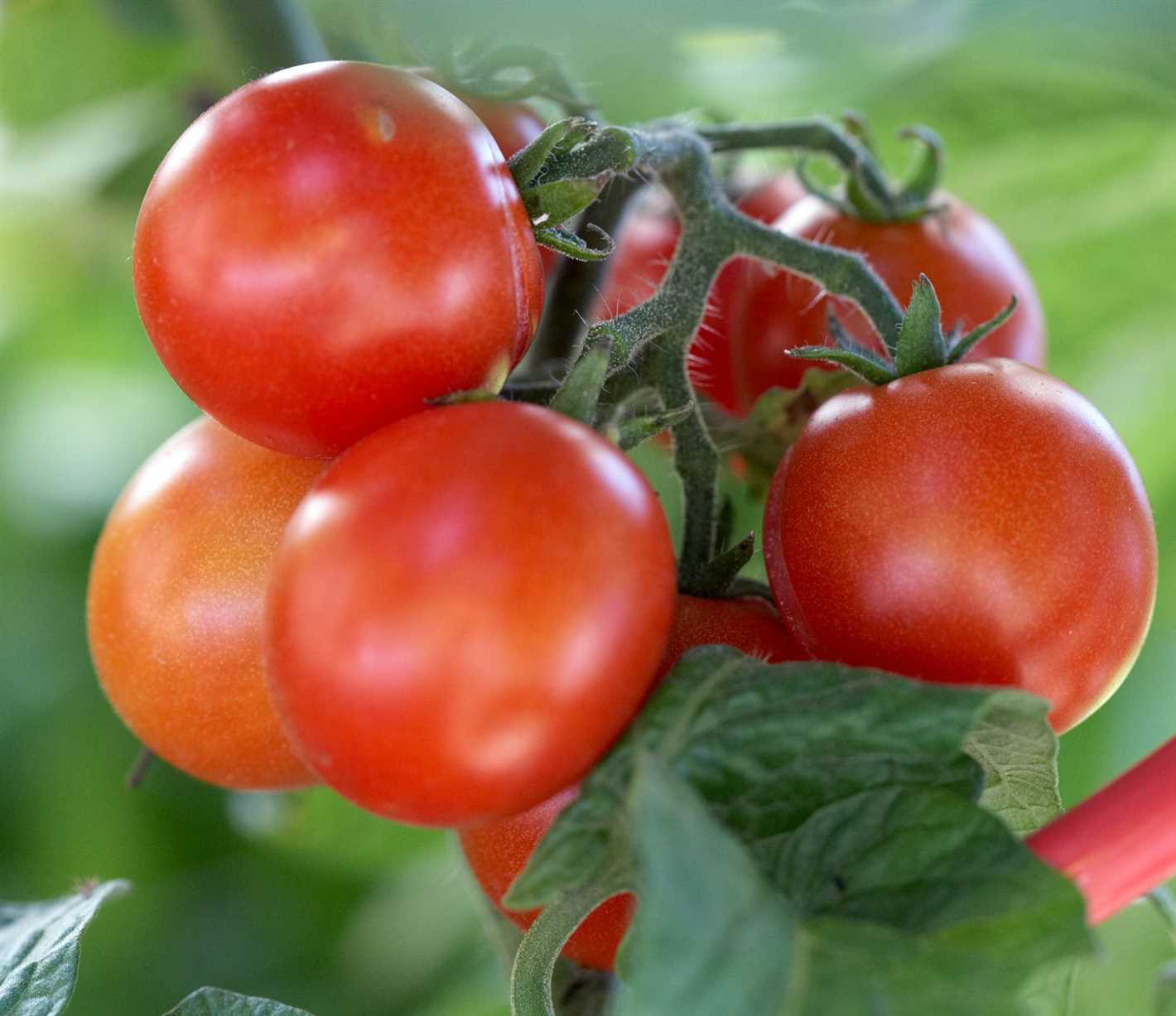
Choosing the right tomato seeds is vital for ensuring a successful and bountiful crop. Here are some important factors to consider when selecting tomato seeds:
1. Tomato Variety
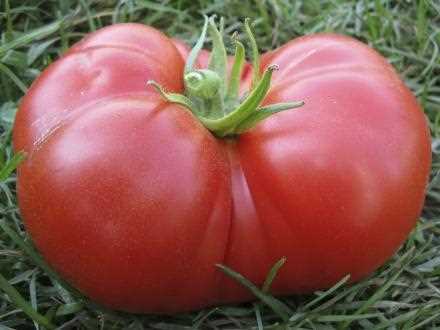
There are many different tomato varieties available, each with its unique characteristics and growth habits. Consider factors such as size, shape, color, flavor, and disease resistance when choosing a tomato variety.
2. Growing Conditions
Before selecting tomato seeds, assess your growing conditions. Consider factors such as the amount of sunlight your garden receives, the climate in your region, and the available space for growing tomatoes. Choose tomato varieties that are well-suited to these conditions.
3. Determinate vs. Indeterminate
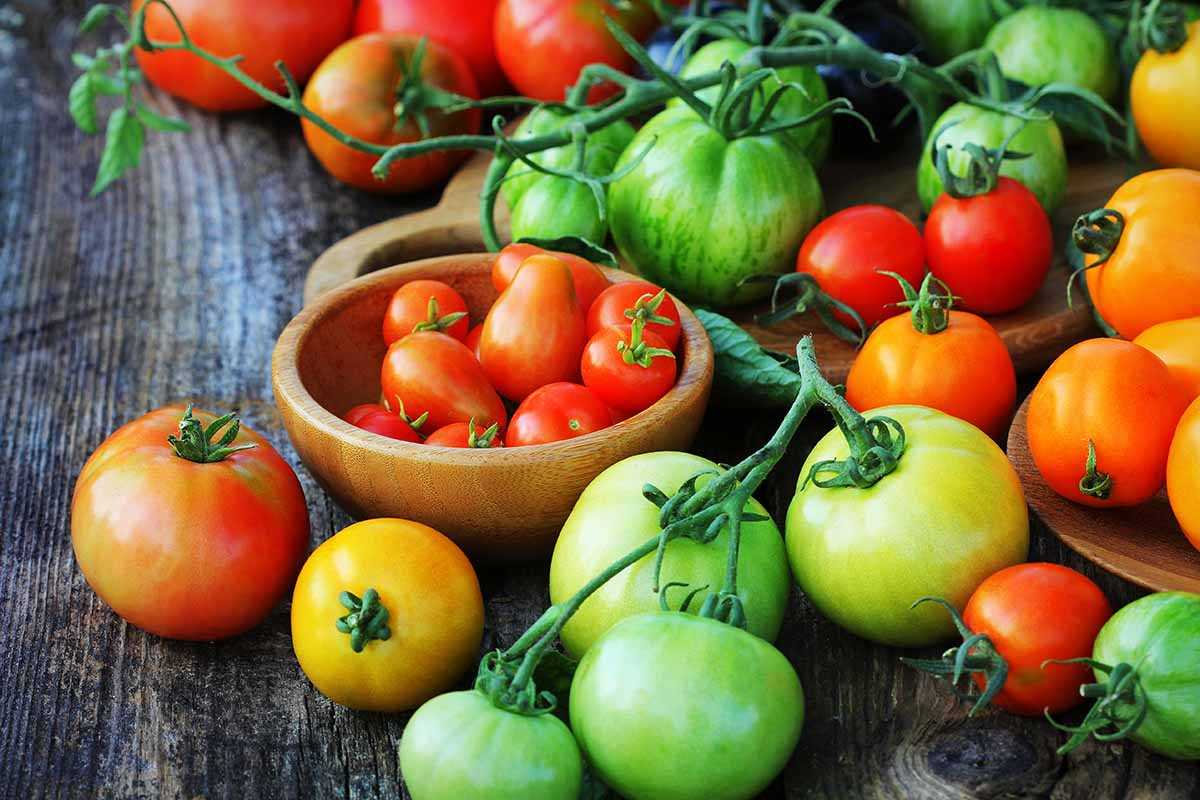
Tomato plants can be categorized as determinate or indeterminate. Determinate varieties typically grow to a specific height, produce fruit all at once, and are suited for small spaces. Indeterminate varieties continue to grow and produce fruit throughout the season and require more space and support. Consider your space availability and preferred harvesting style when selecting determinate or indeterminate tomato seeds.
4. Disease Resistance
Tomato plants are susceptible to various diseases, such as blight and wilt. Check the seed packet or catalog for information on disease resistance. Look for tomato varieties that are resistant to common diseases in your area, as this will help ensure a healthy and productive crop.
5. Taste and Culinary Use
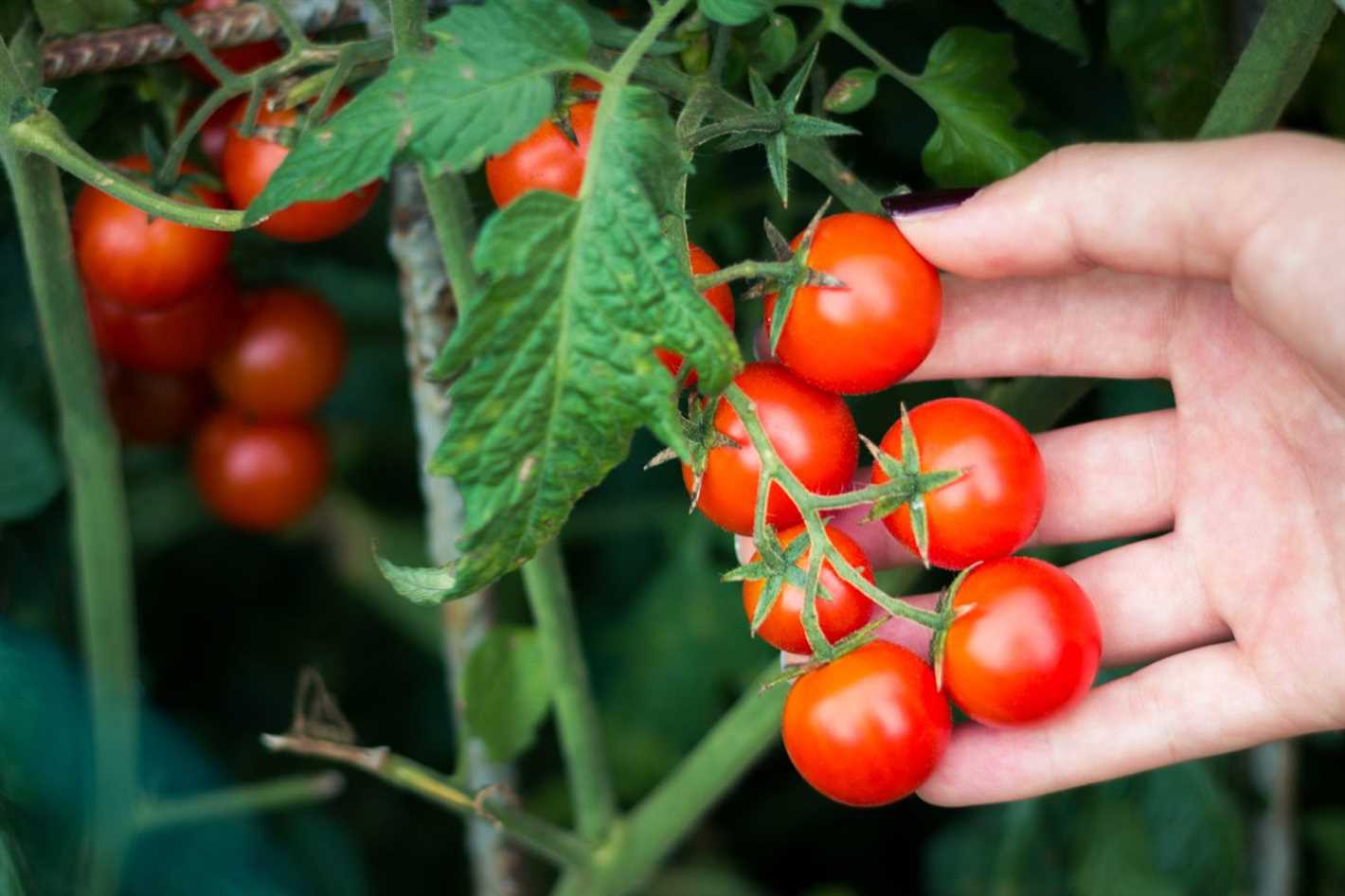
Consider the taste and culinary use of the tomatoes you want to grow. Some tomato varieties are known for their exceptional flavor, while others are better suited for sauces, canning, or salads. Choose tomato seeds that align with your culinary preferences and intended uses.
6. Seed Source
When choosing tomato seeds, consider the source of the seeds. Look for reputable seed companies or suppliers that offer high-quality seeds. Reading reviews or seeking recommendations from experienced gardeners can help ensure you select seeds that will germinate well and produce healthy plants.
7. Planting and Harvest Times
Consider the planting and harvest times for the tomato varieties you are interested in. Some varieties may have a longer growing season, which may or may not align with the length of your growing season. Choose tomato seeds that have planting and harvest times compatible with your climate and desired harvesting timeframe.
By considering these factors when choosing tomato seeds, you can increase the chances of having a bountiful and successful tomato crop. Happy gardening!
Climate Suitability
The climate in which you plan to grow your tomatoes plays a crucial role in determining the success of your crop. Different tomato varieties have varying degrees of tolerance to heat, cold, humidity, and other climatic factors. It is essential to choose tomato seeds that are suitable for your specific climate to ensure a bountiful harvest.
Temperature Range
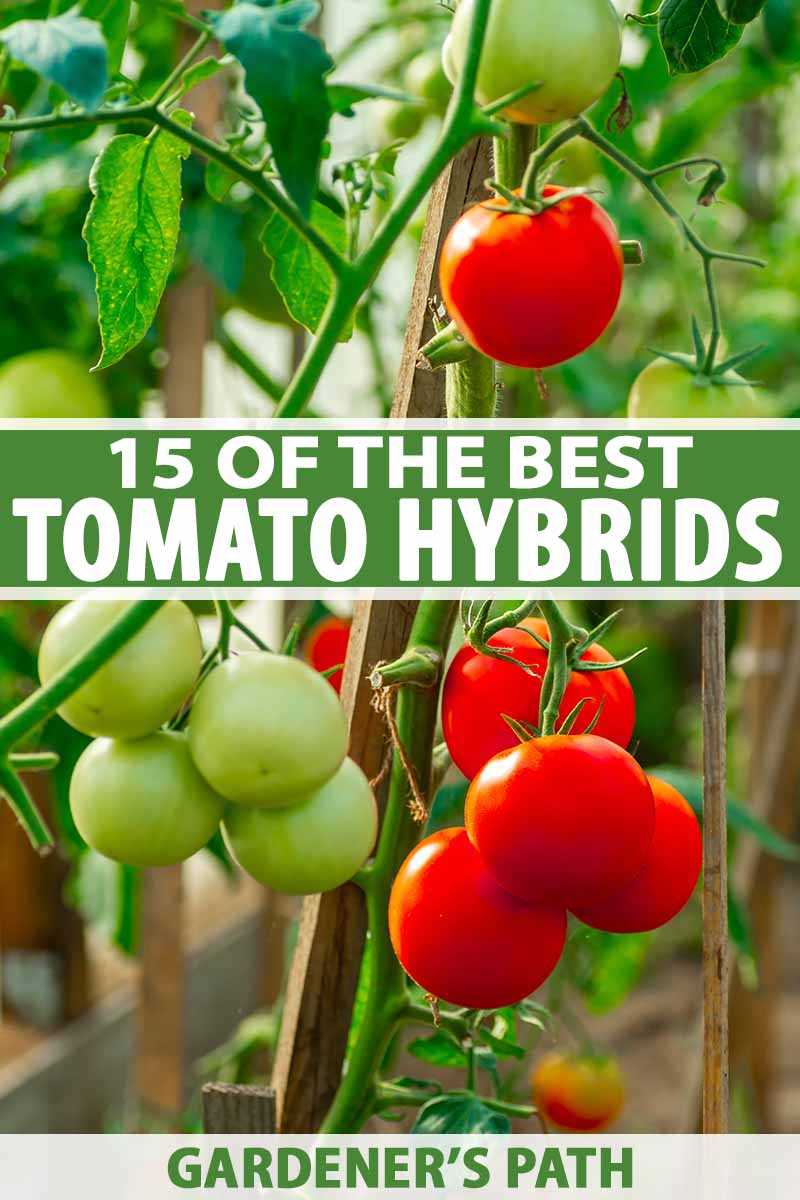
Tomatoes thrive in a temperature range of 70°F to 85°F (21°C to 29°C) during the day and 60°F to 70°F (15°C to 21°C) at night. However, some varieties can tolerate higher or lower temperatures. If you live in a region with extreme heat or cold, consider selecting tomato seeds that are specifically bred for those conditions. For example, heat-tolerant varieties are more resistant to wilting and fruit loss in hot climates, while cold-tolerant varieties can withstand frost and cooler temperatures.
Humidity Level
The humidity level of your location can also impact the growth and health of your tomato plants. High humidity can lead to increased fungal diseases and reduce fruit set. In humid areas, look for tomato seeds that are resistant to diseases like powdery mildew, blight, and leaf spot. These resistant varieties can help ensure a healthy crop, even in humid conditions.
Growing Season Length
The length of your growing season will determine if you should choose determinate or indeterminate tomato varieties. Determinate tomatoes are bushier and produce fruit over a concentrated period, making them suitable for shorter growing seasons. Indeterminate tomatoes are vining plants that continuously produce fruit until the first frost, making them more suitable for longer growing seasons. Consider the length of your growing season and choose tomato seeds accordingly.
By considering the climate suitability of tomato seeds, you can ensure that your plants are well-suited to the environmental conditions, giving them a better chance of thriving and producing a bountiful crop.
Disease Resistance
Disease resistance is an important factor to consider when choosing tomato seeds, as it can greatly affect the success of your crop. Tomato plants are susceptible to a variety of diseases, including blight, wilt, and mosaic virus. These diseases can cause stunted growth, yellowing leaves, and even death of the plant.
When selecting tomato seeds, look for varieties that are labeled as disease-resistant or have a high level of resistance to common tomato diseases. This information is usually indicated on the seed packet or in the product description. Popular disease-resistant varieties include ‘Celebrity’, ‘Roma’, and ‘Better Boy’.
It’s important to note that disease resistance is not foolproof. While disease-resistant varieties are more likely to withstand certain diseases, they may still be susceptible to others. Additionally, the level of resistance can vary among different varieties. For example, some varieties may have resistance to one type of blight but not another.
For the best chance of success, consider the diseases that are common in your area and choose tomato seeds that have resistance to those specific diseases. This can help to minimize the risk of your plants becoming infected and ensure a bountiful crop.
Tips for Disease Prevention
- Plant disease-resistant varieties
- Practice crop rotation
- Avoid over-watering
- Keep the garden clean and free of debris
- Do not handle plants when they are wet
- Space plants properly for good air circulation
By taking these precautions, you can help prevent diseases from affecting your tomato plants and enjoy a healthy and productive harvest.
Fruit Size and Shape
When choosing tomato seeds, one of the factors to consider is the fruit size and shape. This characteristic can have an impact on both the appearance and the practicality of the tomatoes.
Size
The size of the tomatoes can vary significantly depending on the variety. Some tomato plants produce small cherry tomatoes, while others yield larger beefsteak tomatoes. It’s important to consider the size you prefer and whether it will meet your needs. If you plan on using the tomatoes for salads or snacking, smaller varieties may be more suitable. On the other hand, if you wish to make sauces or can the tomatoes, larger varieties may be a better choice.
Shape
The shape of the tomatoes can also differ between varieties. Some tomatoes are round and smooth, while others are pear-shaped or even elongated. Consider the shape you prefer, as it can affect how you use the tomatoes in your cooking. Round tomatoes are versatile and can be sliced, chopped, or used whole. Pear-shaped tomatoes are often great for making sauces, while elongated tomatoes are ideal for slicing for sandwiches or grilling.
Ultimately, the fruit size and shape should align with your personal preferences and intended use. Take into account the space available in your garden, the dishes you plan to make, and the visual appeal you desire. By considering these factors, you can choose tomato seeds that will yield a bountiful crop of tomatoes that meet your specific needs and preferences.
Taste and Flavor
When choosing tomato seeds, it is essential to consider the taste and flavor of the tomatoes you wish to grow. Different tomato varieties have unique flavors, ranging from sweet and tangy to rich and savory. Understanding the taste profile you desire will help you select the perfect seeds for your needs.
Here are some factors to consider when it comes to taste and flavor:
- Acidity: The acidity level in tomatoes can vary significantly. Some people prefer tomatoes with a higher acidity level, as they provide a tangy and refreshing flavor. Others may prefer tomatoes with a lower acidity level, as they tend to be sweeter and milder in taste.
- Sweetness: Sweetness is another crucial factor in tomato flavor. Some varieties are known for their exceptionally sweet taste, which makes them perfect for salads and snacking. Others may have a more balanced flavor, with a combination of sweetness and acidity.
- Richness: The richness of a tomato’s flavor refers to its depth and intensity. Some tomatoes have a robust and intense flavor, while others may be milder and more subtle. Consider the level of richness you prefer when selecting tomato seeds.
- Aroma: The aroma of a tomato can greatly enhance its overall flavor. Some varieties, such as heirloom tomatoes, are known for their distinct and fragrant aromas. Pay attention to the scent of the tomatoes when choosing seeds, as it can greatly contribute to your enjoyment of the fruit.
- Texture: While not directly related to taste and flavor, the texture of a tomato can have a significant impact on your overall eating experience. Some varieties are meatier and have fewer seeds, while others may be juicier. Think about the texture you prefer when selecting seeds.
Keep in mind that taste and flavor preferences are subjective, so it’s important to consider your personal preferences when choosing tomato seeds. Consult seed catalogs, read reviews, and experiment with different varieties to find the ones that best suit your taste buds.
Growing Conditions:
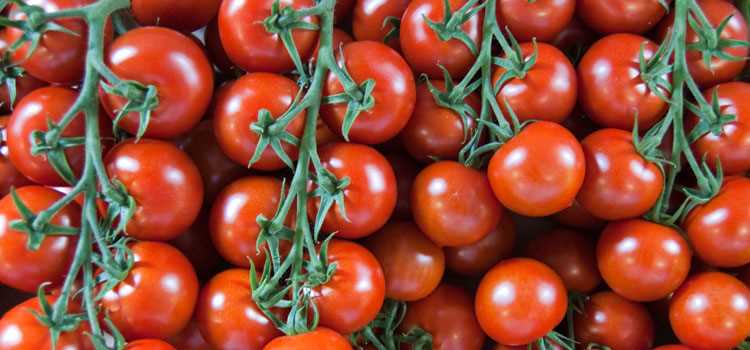
In order to ensure a bountiful crop of tomatoes, it is important to provide the right growing conditions for the plants. These conditions include:
- Sunlight: Tomatoes need at least 6 to 8 hours of direct sunlight each day. Choose a location in your garden that receives ample sunlight.
- Temperature: Tomatoes thrive in warm temperatures between 70°F and 85°F (21°C to 29°C). Make sure to plant them after the danger of frost has passed and the soil has warmed up.
- Soil: Tomatoes prefer well-draining soil that is rich in organic matter. The pH level of the soil should be between 6.0 and 6.8. Prepare the soil by adding compost or well-rotted manure before planting.
- Watering: Tomatoes need regular and consistent watering. Keep the soil evenly moist, but not waterlogged. Avoid overhead watering, as it can lead to the spread of diseases.
- Spatial Needs: Choose tomato varieties that are suitable for your available space. Some varieties can be grown in containers, while others require more space in the garden to spread out.
- Support: Most tomato plants benefit from some form of support, such as stakes, cages, or trellises. Provide support for the plants to ensure proper growth and to prevent the branches from breaking under the weight of the fruit.
- Pest and Disease Control: Be vigilant in monitoring your tomato plants for pests and diseases. Use organic methods, such as companion planting or natural sprays, to control any issues that may arise.
By providing the right growing conditions, you can increase the chances of a successful tomato harvest. Pay attention to sunlight, temperature, soil quality, watering, spatial needs, support, and pest and disease control to ensure healthy and productive tomato plants.
Yield Potential
The yield potential of tomato seeds is an important factor to consider when choosing which ones to plant. Yield potential refers to the amount of tomatoes that can be produced per plant or per unit of land. This is an important consideration for both commercial growers and home gardeners.
To determine the yield potential of tomato seeds, you can look for information on the seed packet or seed catalog. This information may include the average number of tomatoes per plant or the expected yield in pounds or kilograms per acre or square meter.
It’s important to be realistic about your yield expectations and choose tomato seeds that align with your goals. If you’re planning to grow tomatoes for personal consumption, you may not need seeds with a high yield potential. However, if you’re growing tomatoes for sale or to preserve for the winter, choosing varieties with a higher yield potential can be beneficial.
Keep in mind that a high yield potential doesn’t guarantee a bountiful crop. Other factors, such as proper planting, watering, fertilizing, and pest control, also play a role in determining the final yield. Additionally, environmental conditions, such as temperature and sunlight, can impact the yield potential of tomato plants.
By considering the yield potential of tomato seeds and combining it with proper care and management practices, you can increase your chances of a successful and productive tomato harvest.
Early or Late Maturing
When choosing tomato seeds, one important factor to consider is whether the variety you are interested in is early or late maturing. This refers to the length of time it takes for the tomatoes to reach full maturity and be ready for harvest.
Early maturing tomatoes:
- These varieties typically take around 55 to 70 days from planting to harvest.
- They are ideal for gardeners who live in regions with shorter growing seasons or for those who want to enjoy fresh tomatoes as early as possible.
- Early maturing tomatoes are also a good choice for gardeners who want to stagger their harvests for a continuous supply of ripe tomatoes throughout the season.
Late maturing tomatoes:
- These varieties usually take around 80 to 100 days from planting to harvest.
- They are suitable for gardeners who live in regions with longer growing seasons or for those who are willing to wait for a larger, more flavorful fruit.
- Late maturing tomatoes tend to have a longer growing period, allowing the fruits to develop more complex flavors and sweetness.
- They are also a good choice for gardeners who want to have an abundant harvest and preserve or can the tomatoes for later use.
Consider your growing conditions, climate, and personal preference when deciding between early or late maturing tomato varieties. Keep in mind that late maturing tomatoes may require additional care and attention, such as staking or cages, to support the heavier fruit as they grow.
Seed Source and Quality
When it comes to choosing tomato seeds, the source and quality of the seeds are important factors to consider. Here are some tips to help you make an informed decision:
- Reputable Seed Companies: It is recommended to purchase seeds from reputable seed companies that have a proven track record of providing high-quality seeds. These companies typically have rigorous quality control measures in place, ensuring that their seeds are pure, disease-free, and of good genetic stock.
- Local Seed Suppliers: Consider sourcing tomato seeds from local suppliers or farmers in your region. Local seeds are often better adapted to the specific growing conditions and climate in your area, increasing the chances of a successful crop.
- Heirloom vs Hybrid Seeds: Choose between heirloom or hybrid tomato seeds based on your preferences and goals. Heirloom seeds are open-pollinated, meaning they can be saved and replanted year after year, preserving the unique characteristics of the variety. Hybrid seeds, on the other hand, offer advantages such as disease resistance and higher yield potential.
- Seed Packet Information: Carefully read the information provided on the seed packet. Look for details on germination rate, days to maturity, disease resistance, and any specific growing requirements. This information can help you select the right variety for your gardening needs.
In summary, consider the source and quality of tomato seeds when making a selection. Look for reputable seed companies or local suppliers, choose between heirloom and hybrid seeds based on your preferences, and carefully read the information provided on the seed packet. By paying attention to these factors, you can increase the likelihood of a bountiful tomato crop.
“Question-Answer”
What factors should I consider when choosing tomato seeds?
When choosing tomato seeds, you should consider factors such as the variety and growing conditions. It is important to choose a variety that is suitable for your climate and growing season. You should also consider the disease resistance of the tomato plant, as well as the flavor and size of the tomatoes it produces.
How do I know which tomato variety is best for my climate?
To determine which tomato variety is best for your climate, you should consider the average temperature and length of your growing season. Some tomato varieties are more suited for warm climates, while others are better for cooler climates. You can consult with local gardening experts or seed catalogs to find varieties that are recommended for your specific region.
What does disease resistance mean when it comes to tomato seeds?
Disease resistance in tomato seeds refers to the plant’s ability to resist or tolerate certain common diseases that can affect tomatoes, such as early blight, late blight, or fusarium wilt. Choosing tomato seeds with disease resistance can help protect your plants and increase your chances of a successful crop.
Should I prioritize flavor or size when choosing tomato seeds?
When choosing tomato seeds, the prioritization of flavor or size depends on your personal preferences and intended use for the tomatoes. If you value taste above all else, you may want to choose tomato seeds that are known for their exceptional flavor. However, if you are growing tomatoes for canning or slicing purposes, you may prioritize larger fruit size over flavor.
How can I ensure a bountiful tomato crop?
To ensure a bountiful tomato crop, you should provide your plants with appropriate growing conditions, such as full sunlight, well-draining soil, and regular watering. It is also important to choose tomato seeds that are well-suited for your climate and disease-resistant. Proper care, such as fertilizing, staking, and pruning, can also enhance the growth and productivity of your tomato plants.
What are some popular varieties of tomato seeds?
Some popular varieties of tomato seeds include Roma, Beefsteak, Cherry, and San Marzano. Roma tomatoes are known for their meaty texture and are commonly used for sauces and pastes. Beefsteak tomatoes are large and juicy, perfect for slicing and sandwiches. Cherry tomatoes are small and sweet, great for snacking and salads. San Marzano tomatoes are prized for their rich flavor and are often used in Italian dishes.
Where can I purchase tomato seeds?
Tomato seeds can be purchased from a variety of sources, including online seed retailers, local garden centers, and seed catalogs. It is important to choose reputable sources that offer high-quality seeds. You can also consider saving seeds from your own tomatoes for future planting, as long as they are of good quality and have not been cross-pollinated with other tomato varieties.







